|
|
|
Thanks to Ramon Alvarez for the translations and Ramon Alvarez for the initial info
Click here GEENGADE
Three Reasons for the Trem Redesign by Ibanez
1. The new designs address the drawbacks of the original Floyd Rose design incorporated in the Edge (1986) and LoPro Edge (1990).
2. The Korean made Lo-TRS II tremolo was never held in the same esteem as our Japanese made Edge/
Lo-Pro. Korean models provide a bulk of Ibanez locking tremolo sales.3. The S Series has grown and evolved so a new tremolo system was designed to accommodate it's needs.
EdgePro Double Locking Tremolo
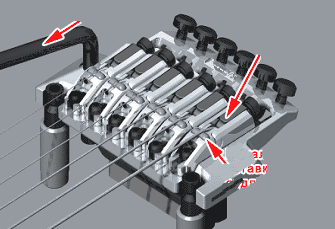 |
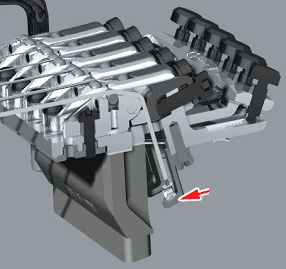 |
| "Same trem arm from EDGE" "Easy string loading block" "Hardened metal inserts" |
EDGE cut view - "New system for clamping the strings, no need for cutting the ball ends." |
Listed below are the only parts that interchange between the LoPro Edge and the new EdgePro trems. Everything else is new.
Edge Pro Tremolo Features (Ibanez literature)
|
|
EdgePro-II Double Locking Tremolo
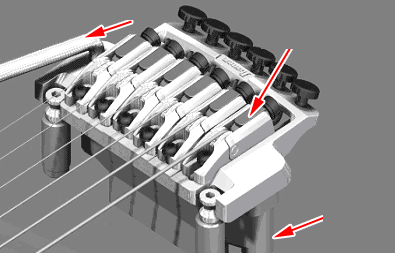
|
|
"Same trem arm from SAT/FAT type
bridge"
Edge Pro II Features (Ibanez literature)
|
ZR (Zero Resistance) Tremolo
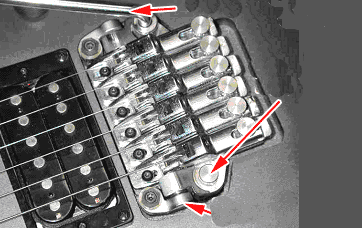 |
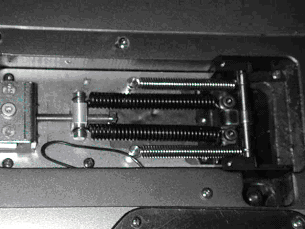 |
|
ZR Tremolo "Zero Resistance" |
Zero Point |
ZR Tremolo "Zero Resistance" Features (Ibanez literature)
Zero Point System Features (Ibanez literature)
Thanks to Ramon Alvarez for the translations and Ramon Alvarez for the initial info Click here GEENGADE |
|